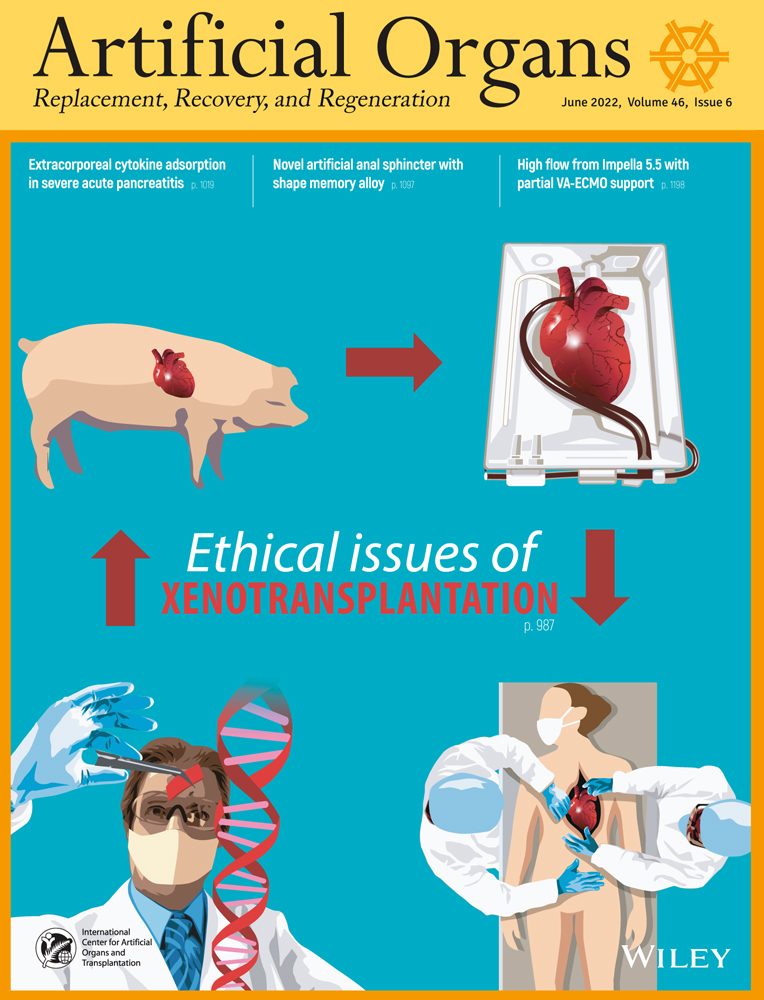Dynamic pressure—flow curve analysis of the native heart and left ventricular assist device for full and partial bypass conditions
Abstract
Background
During left ventricular assist device (LVAD) support, the external work performed by the native heart combines with the work performed by the rotary LVAD to provide cyclic flow through the LVAD and, in some conditions, through the aortic valve. In this study, a balance of external work was developed and validated for both full and partial bypass conditions that includes valve opening and aortic compliance.
Methods
The theory assumes a steady-state contribution of external work from the rotary LVAD and a dynamic portion from the heart. Cyclic flow may be ejected through either the LVAD or ascending aorta, and an energy absorption term accounts for aortic compliance. Mock loop studies were performed for LV ejection fractions of 10%–28% combined with HeartMate II LVAD support at 8 and 11 krpm to produce a range of full and partial bypass conditions. The external work of the LVAD and native heart was computed from the experimental pressure-flow (H–Q) relations and compared to the theory.
Results
Native heart contraction produces a counterclockwise loop in the pressure–flow relation of the LVAD which increased with ejection fraction, and during full bypass conditions the external work was preserved in the total systemic flow. During partial bypass conditions, forward flow through the ascending aorta was accompanied by a reversal during aortic valve closure resulting in a reduction in energy in the downstream flow.
Conclusions
The study presents a balance of external work during full and partial bypass LVAD support. Experimental data validated the additional terms corresponding to forward flow and aortic compliance that contribute to the system balance. This expanded theory can be applied to LVAD design and control to improve pulsatility and aortic valve biomechanics.
CONFLICT OF INTEREST
The author declares that she has no conflict of interest.




